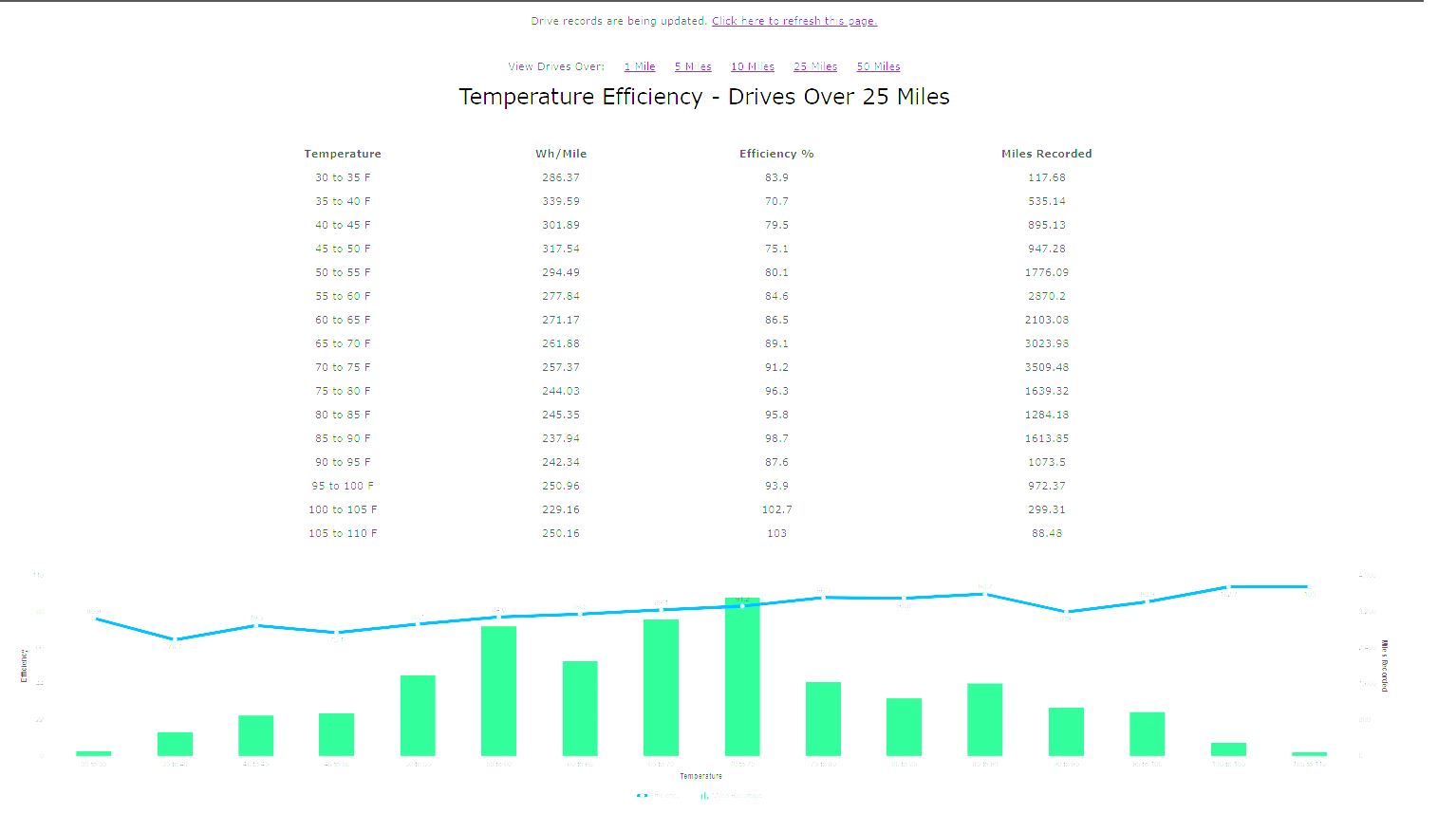camalaio
Active Member
Aren't they already using that heat to warm the batteries? Is there an abundance of excess heat from the motors to do both? And how does that work at low motor usage. Ex. low speeds, stop and go, parked waiting for kids in school pickup.
It doesn't really work in the context of the Model 3's setup, which is likely why they don't do it. In cold environments, the motors don't get all that warm in either city or short hop highway driving (and certainly not quickly). But for longer travel, a heat pump would finally have some heat to move which would help for those longer trips.
On especially cold days, a heat pump wouldn't be useful for heating the cabin until a number of hours of driving.
The batter heats up prior to supercharging. That heat is then dumped through the radiator after supercharging. If it could be used to make the cabin heating more efficient by connecting the evaporator loop to the battery, that’s an efficiency increase.
The motors can be commanded to produce 3.5 kW of heat each at any time, regardless of driving conditions. That heat can be dumped into the evaporator and transferred to the cabin in extremely cold conditions where the heat pump wouldn’t be able to provide sufficient output in air-source mode.
That's just too much heat to dump in what's probably an already-warm cabin, unfortunately. A 1000lb battery at 50C (>120F) has a lot of heat in it. They try to dump it fast in order to keep the batteries in good health rather than trickle the heat into the cabin at the expense of the battery health.



